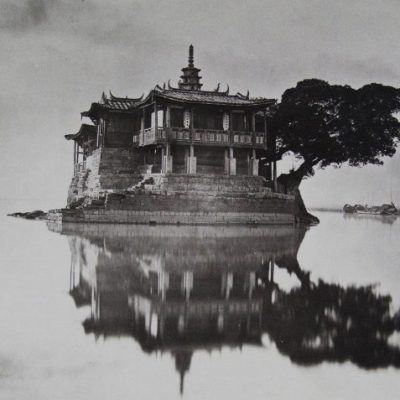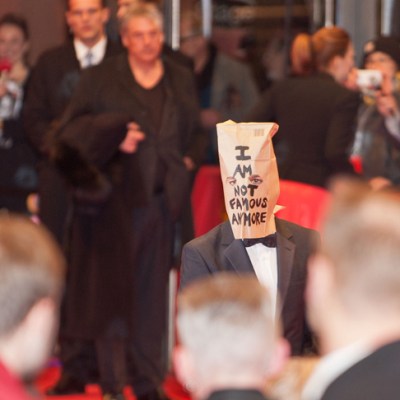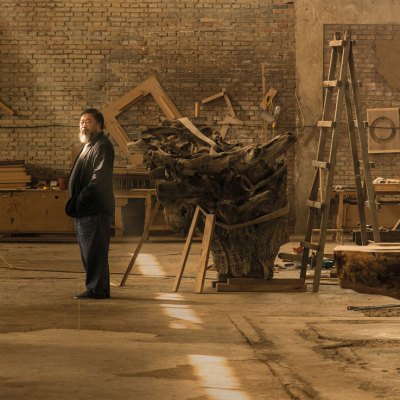There is a tendency in discussions of avant-garde Chinese art to consider artists collectively, in the context of successive generations or movements. When the Beijing East Village was formed in the late 1980s, the group became known for its use of experimental art forms like performance to explore sociopolitical issues affecting post-Mao China. Following in the footsteps of movements like the Stars, founded in 1979, and Xiamen Dada, which originated in the mid ’80s, the Beijing East Village came to define experimental art in China in the ’90s.
Zhang Huan quickly emerged as a forefront figure of the group. Today regarded as one of China’s most influential performance artists, Zhang developed a provocative performative style often involving nudity, feats of physical endurance, and perilous situations. Within a politically charged climate of cultural censorship, he operated somewhat secretively, performing outside the realm of official art and showing his work only to targeted audiences.
‘Land: Zhang Huan and Li Binyuan’, installation view at MoMA PS1, 2018. Photo: Kris Graves. Courtesy MoMA PS1
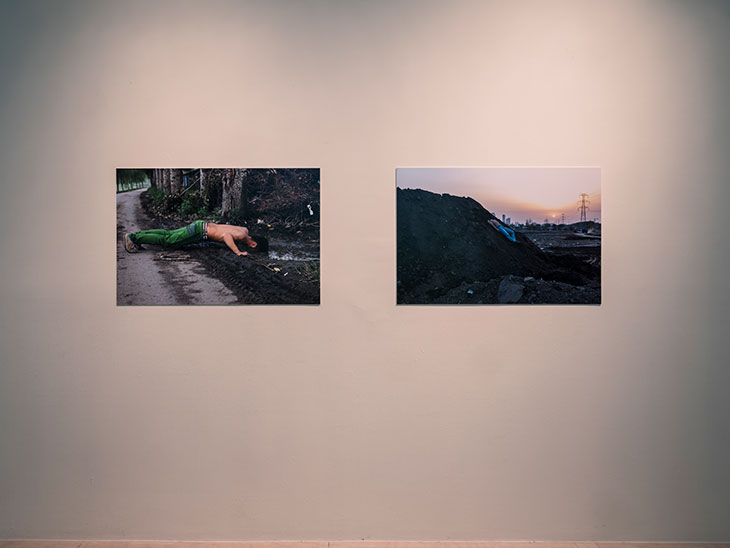
In his breakthrough work, 12 Square Meters (1994), Zhang covered his bare body with fish oil and honey, sat still for an hour, and let flies glue themselves onto his skin. For the now-famous To Add One Meter to an Anonymous Mountain (1995), a collaborative performance with nine other East Village-based artists, Zhang and his peers stacked themselves on top of one another to form a pile of naked human flesh resting atop the Miaofengshan mountain near Beijing.
‘Land’ at MoMA PS1 presents many of these early happenings alongside the work of young Beijing-based artist Li Binyuan, in the form of 25 large-scale photographs and video projections spread across seven rooms. Li, who is two decades younger than Zhang, belongs to the so-called ‘new generation’ of Chinese artists, whose work draws upon the codes and techniques of the experimental Chinese art scene of the 1980s and ’90s. His performances explore China’s changing socioeconomic landscape: one of Li’s first pieces, Divergent Paths (2012), shows the artist sitting still on a chair placed in the middle of a busy street in his Beijing neighbourhood, a work that points to the dramatically changing fabric of Chinese cities. In Testing (2015), Li is depicted attempting to climb a bamboo tree that eventually bends and slowly brings the performer back to the ground.
‘Land: Zhang Huan and Li Binyuan’, installation view at MoMA PS1, 2018. Photo: Kris Graves. Courtesy MoMA PS1
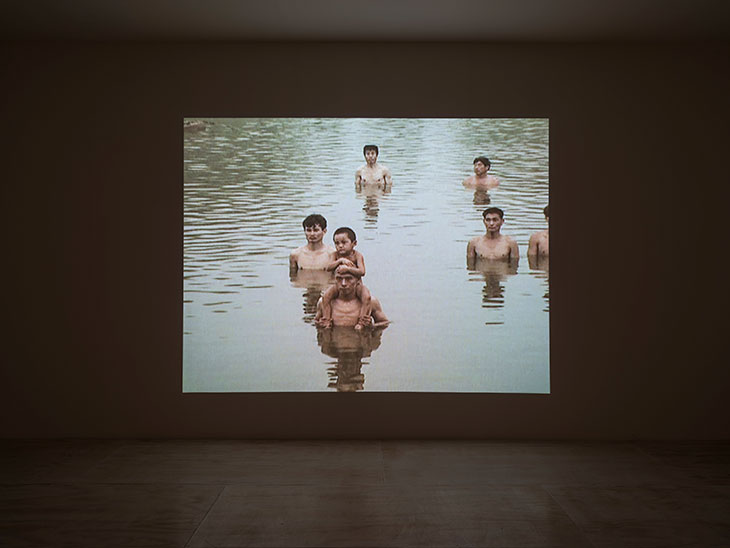
Throughout the exhibition, parallels are drawn between the two artists. Li’s Freedom Farming (2014) and Zhang’s To Raise the Level of a Fishpond (1997) are presented in adjacent rooms. Both performances occurred in a body of water and involved participants attempting to alter their environment’s composition. For his purpose, Zhang invited 40 migrant workers to bathe in a pond in a park and to raise its level, a symbolic expression of the idea that it takes a group of people to make a small but significant difference in the world. Freedom Farming shows Li fighting against mud and water on a small piece of land that he inherited after his father’s death – a commentary on familial transfers of property and evolving notions of land value.
This juxtaposition of two performance artists – one established, the other up-and-coming – within the same setting is a thoughtful attempt to deconstruct the generational framework usually applied in contemporary Chinese art history. The absence of an apparent chronological or thematic order in the display of their work reinforces the idea of a symbiosis between Li and Zhang, allowing the exhibition to model a more fluid narrative approach to the work of contemporary Chinese artists.
‘Land: Zhang Huan and Li Binyuan’ is at MoMA PS1 until 3 September.

